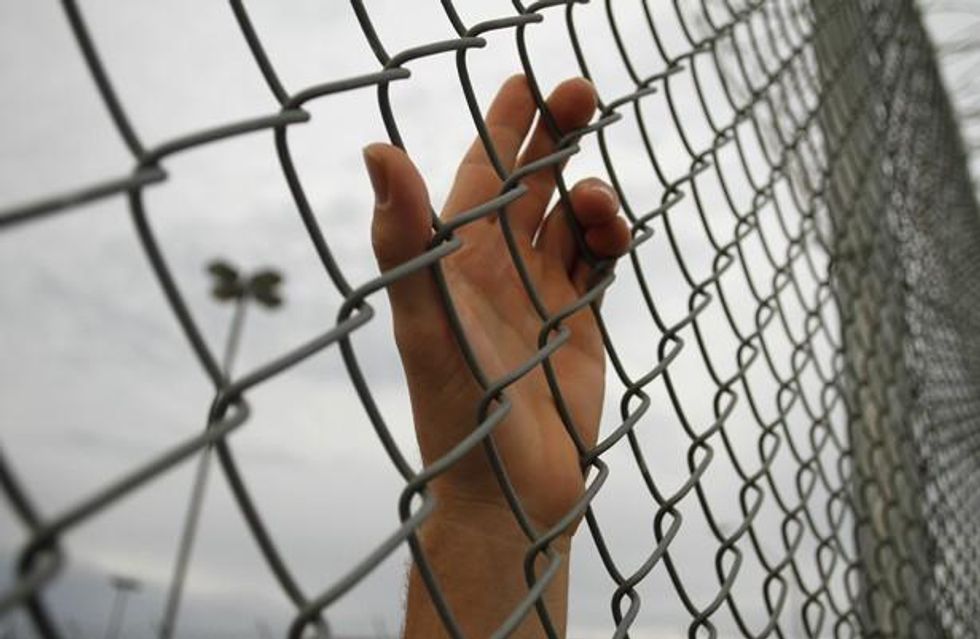At the same time news broke that doctors in California prisons illegally sterilized nearly 150 female inmates from 2006 to 2010, most of the feminist movement's media attention and activist muscle have been focused extreme anti-choice restrictions in North Carolina and Texas. That's typical of a larger problem: even though correctional institutions collectively are the second-largest provider of reproductive health services in the country, most politicians and pundits never mention incarcerated women in the debates about reproductive rights and the war on women.
This is partly because GOP legislators in those states have resorted to sneaking and cheating in order to severely limit abortion access. But, it is also because we are stuck in a hierarchy of traditional reproductive rights activism, which has historically placed abortion as its primary concern, and other issues, like forced sterilization, far below.
Unfortunately, this has everything to do with what types of violence against women spark the most outrage and, ultimately, what kinds of women matter more than others. According to Center for Investigative Reporting, many of the doctors who sterilized inmates who had multiple children or assumed to be likely repeat offenders.
One particularly egregious doctor, Dr. James Heinrich, saw sterilization as good social policy. "Over a ten-year period, that isn't a huge amount of money," Heinrich said, "compared to what you save in welfare paying for these unwanted children--as they procreated more."
"Forced sterilization has always targeted people considered the least valuable in our society," Dorothy Roberts, author of Killing the Black Body, told me in a phone interview. "In the early twentieth century, that meant white immigrants, by the mid-twentieth century, that meant poor women, black and Puerto Rican women, and other women of color whose bodies were not seen as fit to be protected by the state."
In 2010, African-American and Latina women made up 59 percent of the California prison population.
In our e-mail correspondence, Tamar Kraft-Stolar, director of the Women in Prison Project at the Correctional Association of New York, wrote, "The majority of incarcerated women are from some of the most marginalized communities--poor communities and poor communities of color--that have been historically the targets of racist eugenics programs, and that have been systematically stripped of political power and the supports and opportunities needed for individuals and families to thrive."
"These issues are just as important as the brutal Republican attack on reproductive rights and their tolerance and perpetuation of rape culture," Kraft-Stolar told me.
And like those problems, the assaults on the reproductive rights of incarcerated women also have far-reaching social consequences. They not only impact the life of the individual (and too often forgotten) incarcerated woman, but the well-being of her family, her community, and eventually our country.
Last year, the same North Carolina GOP senators who are now restricting abortion access gave us a warning shot when they rejected a plan to compensate victims of a state-sanctioned mass sterilization plan that targeted mostly poor minorities from 1929 to 1974.
This means that the victims of forced sterilization as integral to the future of the women's movement as the fight over choice.
The crisis of healthcare in prisons goes far beyond reproductive rights.
 At the same time news broke that doctors in California prisons illegally sterilized nearly 150 female inmates from 2006 to 2010, most of the feminist movement's media attention and activist muscle have been focused extreme anti-choice restrictions in North Carolina and Texas.
At the same time news broke that doctors in California prisons illegally sterilized nearly 150 female inmates from 2006 to 2010, most of the feminist movement's media attention and activist muscle have been focused extreme anti-choice restrictions in North Carolina and Texas.